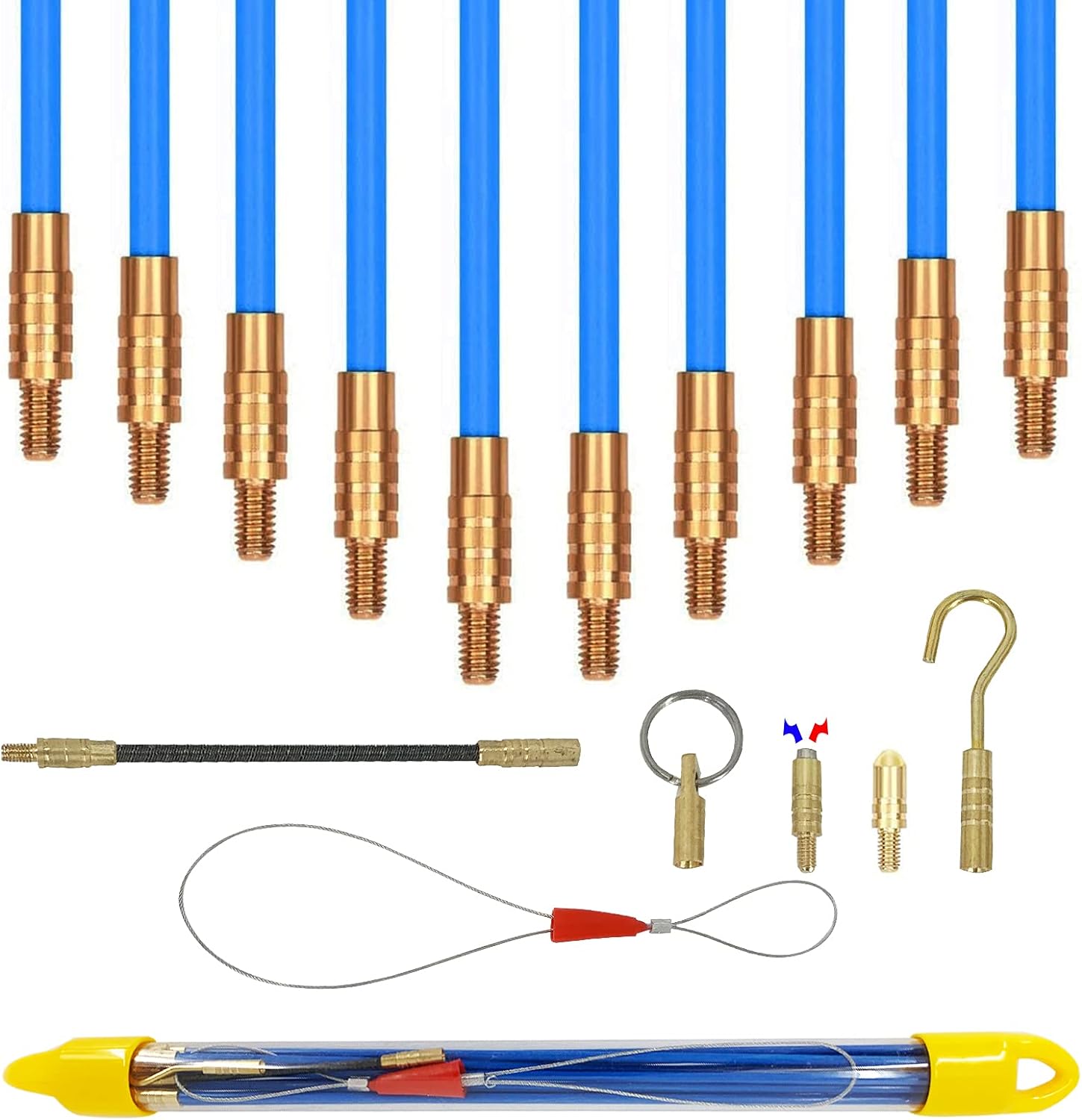
-
 Afrikaans
Afrikaans -
 Albanian
Albanian -
 Amharic
Amharic -
 Arabic
Arabic -
 Armenian
Armenian -
 Azerbaijani
Azerbaijani -
 Basque
Basque -
 Belarusian
Belarusian -
 Bengali
Bengali -
 Bosnian
Bosnian -
 Bulgarian
Bulgarian -
 Catalan
Catalan -
 Cebuano
Cebuano -
 Corsican
Corsican -
 Croatian
Croatian -
 Czech
Czech -
 Danish
Danish -
 Dutch
Dutch -
 English
English -
 Esperanto
Esperanto -
 Estonian
Estonian -
 Finnish
Finnish -
 French
French -
 Frisian
Frisian -
 Galician
Galician -
 Georgian
Georgian -
 German
German -
 Greek
Greek -
 Gujarati
Gujarati -
 Haitian Creole
Haitian Creole -
 hausa
hausa -
 hawaiian
hawaiian -
 Hebrew
Hebrew -
 Hindi
Hindi -
 Miao
Miao -
 Hungarian
Hungarian -
 Icelandic
Icelandic -
 igbo
igbo -
 Indonesian
Indonesian -
 irish
irish -
 Italian
Italian -
 Japanese
Japanese -
 Javanese
Javanese -
 Kannada
Kannada -
 kazakh
kazakh -
 Khmer
Khmer -
 Rwandese
Rwandese -
 Korean
Korean -
 Kurdish
Kurdish -
 Kyrgyz
Kyrgyz -
 Lao
Lao -
 Latin
Latin -
 Latvian
Latvian -
 Lithuanian
Lithuanian -
 Luxembourgish
Luxembourgish -
 Macedonian
Macedonian -
 Malgashi
Malgashi -
 Malay
Malay -
 Malayalam
Malayalam -
 Maltese
Maltese -
 Maori
Maori -
 Marathi
Marathi -
 Mongolian
Mongolian -
 Myanmar
Myanmar -
 Nepali
Nepali -
 Norwegian
Norwegian -
 Norwegian
Norwegian -
 Occitan
Occitan -
 Pashto
Pashto -
 Persian
Persian -
 Polish
Polish -
 Portuguese
Portuguese -
 Punjabi
Punjabi -
 Romanian
Romanian -
 Russian
Russian -
 Samoan
Samoan -
 Scottish Gaelic
Scottish Gaelic -
 Serbian
Serbian -
 Sesotho
Sesotho -
 Shona
Shona -
 Sindhi
Sindhi -
 Sinhala
Sinhala -
 Slovak
Slovak -
 Slovenian
Slovenian -
 Somali
Somali -
 Spanish
Spanish -
 Sundanese
Sundanese -
 Swahili
Swahili -
 Swedish
Swedish -
 Tagalog
Tagalog -
 Tajik
Tajik -
 Tamil
Tamil -
 Tatar
Tatar -
 Telugu
Telugu -
 Thai
Thai -
 Turkish
Turkish -
 Turkmen
Turkmen -
 Ukrainian
Ukrainian -
 Urdu
Urdu -
 Uighur
Uighur -
 Uzbek
Uzbek -
 Vietnamese
Vietnamese -
 Welsh
Welsh -
 Bantu
Bantu -
 Yiddish
Yiddish -
 Yoruba
Yoruba -
 Zulu
Zulu


Jul . 20, 2024 13:04 Back to list
Innovative Ground Rod System for Enhanced Electrical Safety and Performance in Various Applications
Understanding Ground Rod Systems Importance and Implementation
Ground rod systems play a crucial role in electrical safety and system performance. These systems are designed to provide a reliable and low-resistance path for electrical faults, ensuring that excess electrical energy is directed safely into the ground. Understanding the significance and implementation of ground rod systems is essential for anyone involved in electrical work, whether in residential, commercial, or industrial contexts.
What is a Ground Rod System?
A ground rod system typically consists of one or more ground rods made of conductive materials, such as copper or galvanized steel. These rods are driven into the earth and connected to the electrical system of a building or structure. The primary purpose of the ground rod is to establish a stable reference point for the electrical system and to facilitate the dissipation of electrical energy, particularly during fault conditions, such as lightning strikes or equipment failures.
Why are Ground Rod Systems Important?
Safety is the foremost reason for implementing a ground rod system. In the event of a short circuit or a lightning strike, the excess electrical current needs a pathway to the earth to prevent damage to electrical equipment and reduce the risk of fire hazards. A well-designed ground rod system minimizes the chances of electric shock, protecting individuals and property from electrical hazards.
Moreover, ground rod systems contribute to the performance of electrical equipment
. Many devices, sensitive to voltage fluctuations, require a stable reference point to operate effectively. A properly grounded system helps in reducing noise and interference, thus enhancing the overall efficiency of electrical systems.Key Components of Ground Rod Systems
1. Ground Rods The rods are typically installed vertically and should be at least 8 feet long, with a minimum diameter of 5/8 inch. The material used should provide durability and excellent conductivity.
ground rod system

2. Connectors These components ensure a secure connection between the ground rod and the grounding wire. Various types of connectors are available depending on the rod material and service requirements.
3. Grounding Wire The wire connects the ground rods to the electrical panel and should be sized appropriately according to the National Electrical Code (NEC) guidelines.
4. System Configuration Depending on the specific requirements, ground rod systems may be installed as single rods or in a network configuration, which can include multiple rods interconnected to improve the overall grounding effectiveness.
Installation and Maintenance
Proper installation of a ground rod system is essential for its effectiveness. The depth of grounding rods should be sufficient to reach an area of moist soil, as the conductivity of the earth significantly affects the performance of the ground rods. It is also important to ensure that there are no corrosion inhibitors present that might impede conductivity.
Regular maintenance checks should be performed to ensure that the connections are secure and that there is no oxidation or corrosion of the rods and connectors. The performance of the system should be tested periodically to confirm that the grounding resistance remains within acceptable limits, typically below 25 ohms as per NEC standards.
Conclusion
In summary, ground rod systems are vital for ensuring the safety and efficacy of electrical systems. By providing a reliable path for dangerous electrical currents, these systems protect both people and property from potential hazards. Proper implementation and regular maintenance are essential to ensure that they function as intended. As we continue to rely on electrical systems in our daily lives, understanding and prioritizing grounding solutions will only become more critical.
Latest news
What Are Construction Tools and How Are They Used?
NewsJul.11,2025
Professional-Grade Duct Rodding Tools for Superior Cable Installation
NewsJul.11,2025
Enhancing Safety and Efficiency with Modern Hot Stick Solutions
NewsJul.11,2025
Empowering Cable Installation with Advanced Rodder Solutions
NewsJul.11,2025
Elevate Your Cable Installation Projects with Cable Pulling Tools
NewsJul.11,2025
Efficient Cable Handling Solutions: Cable Rollers for Sale
NewsJul.11,2025











